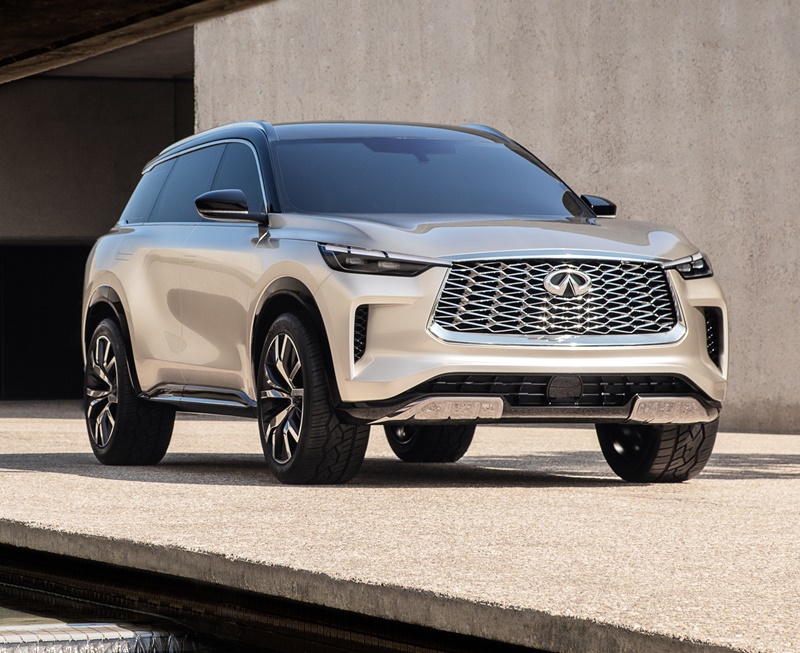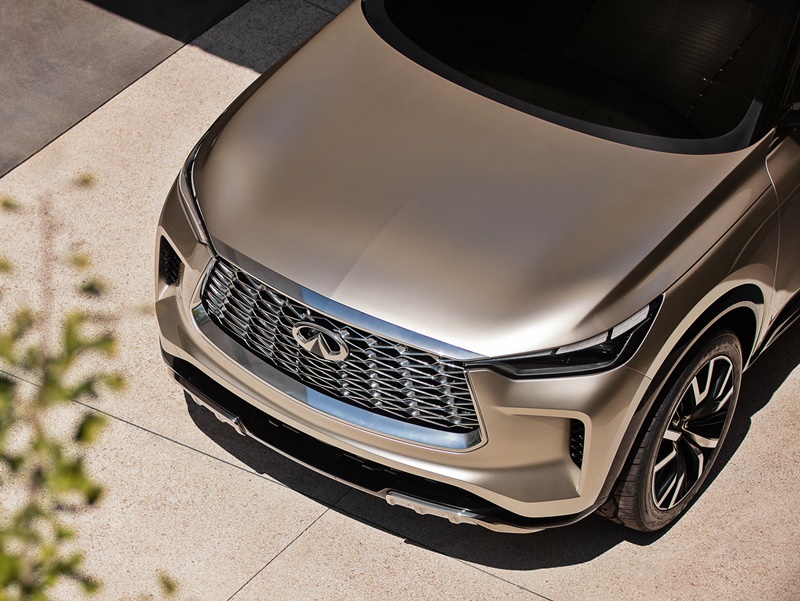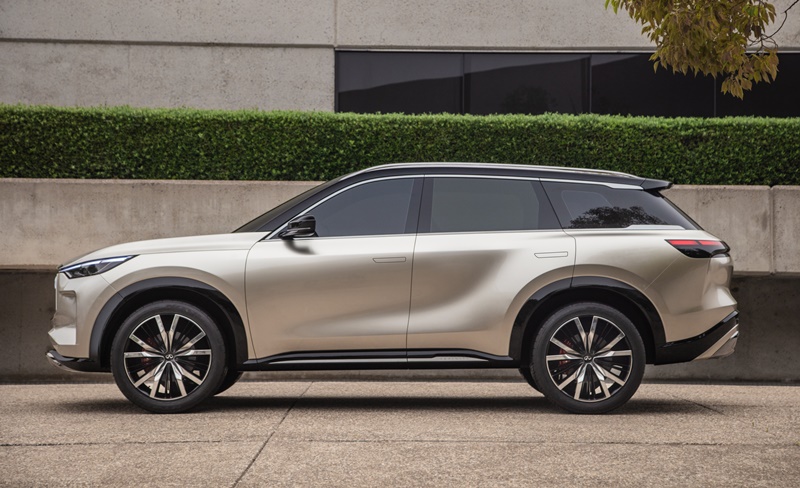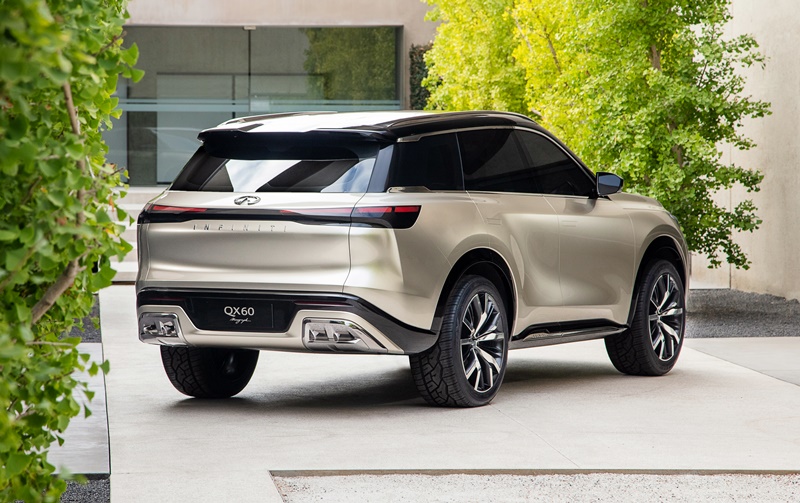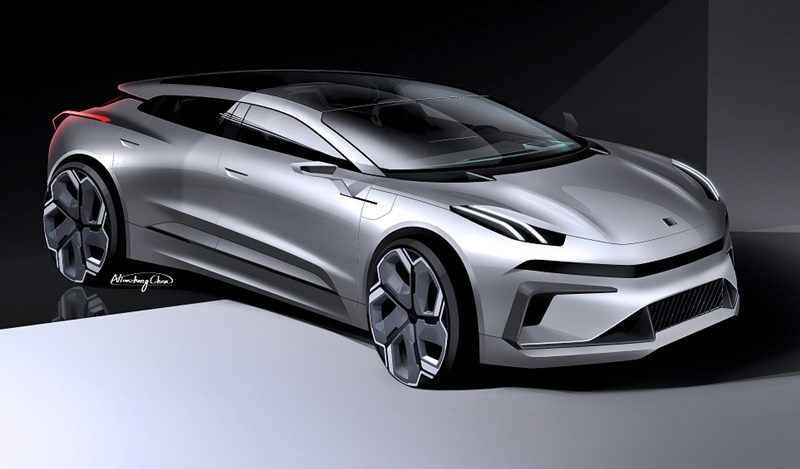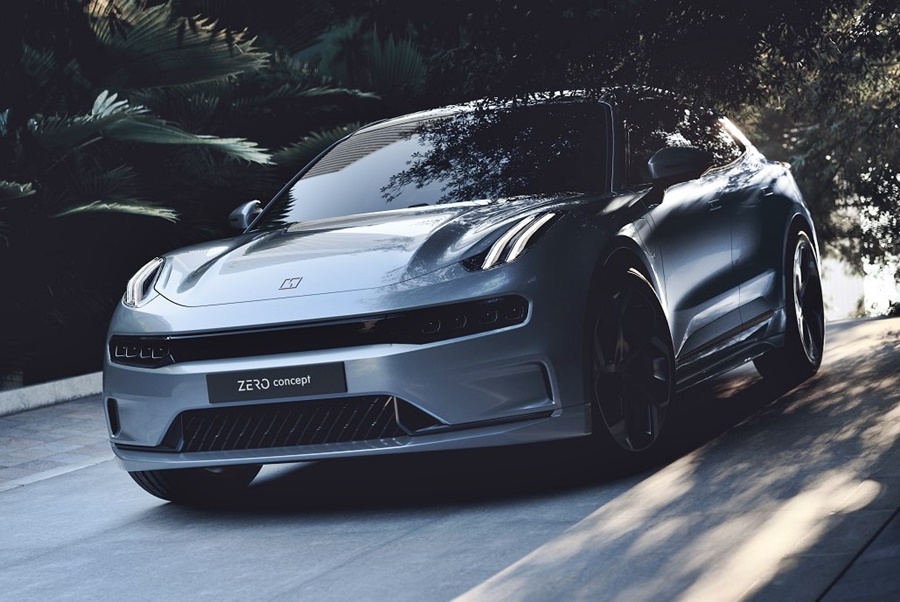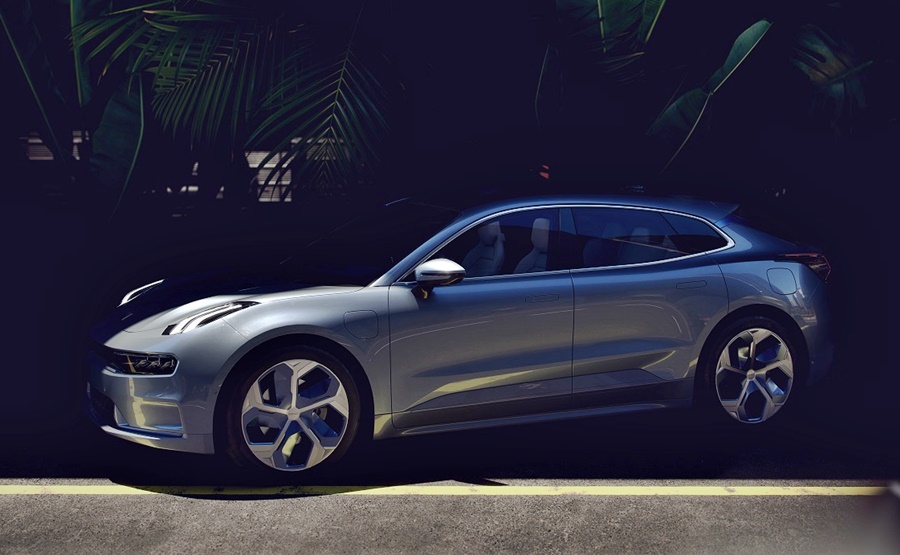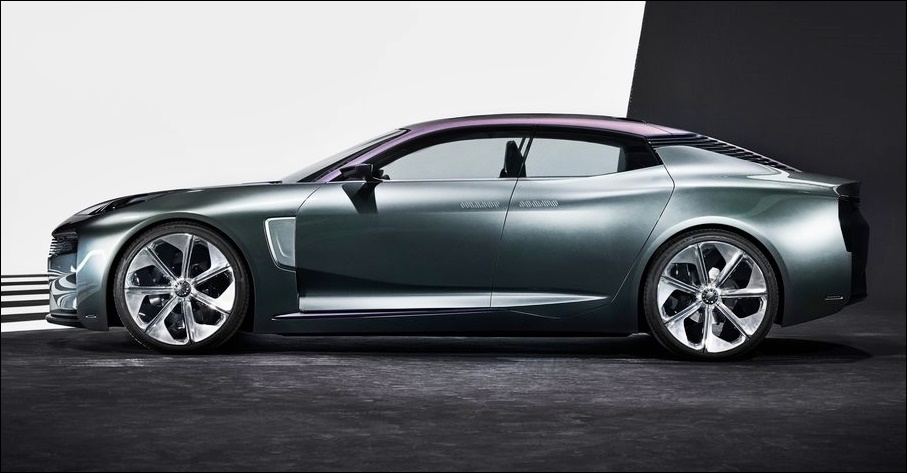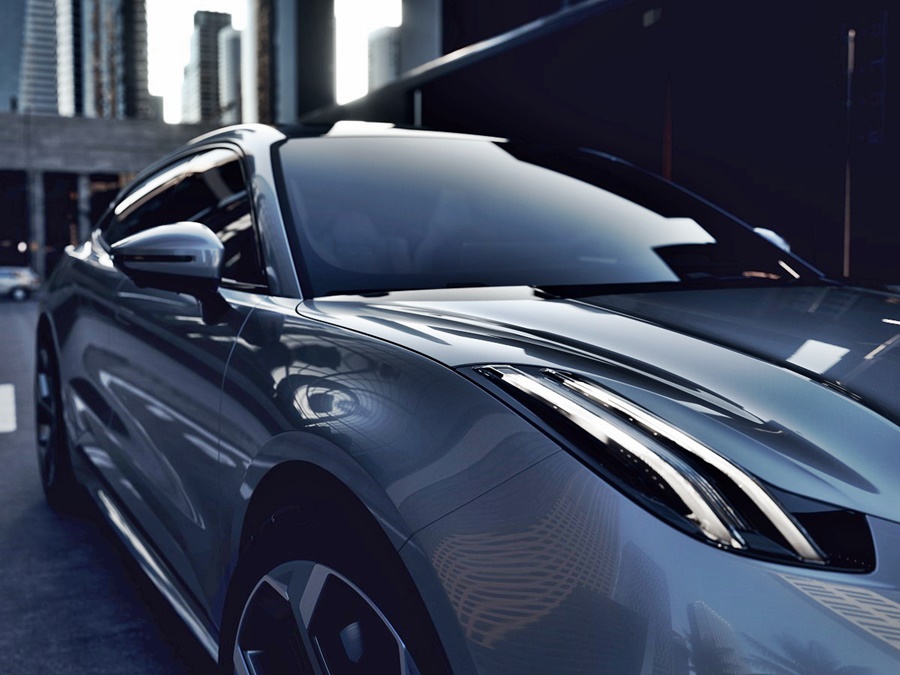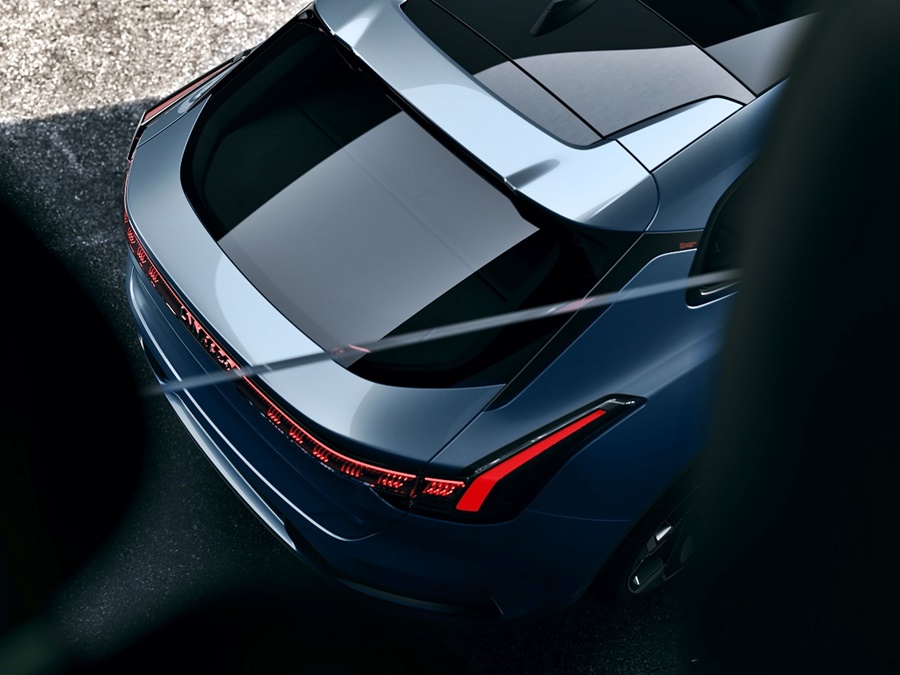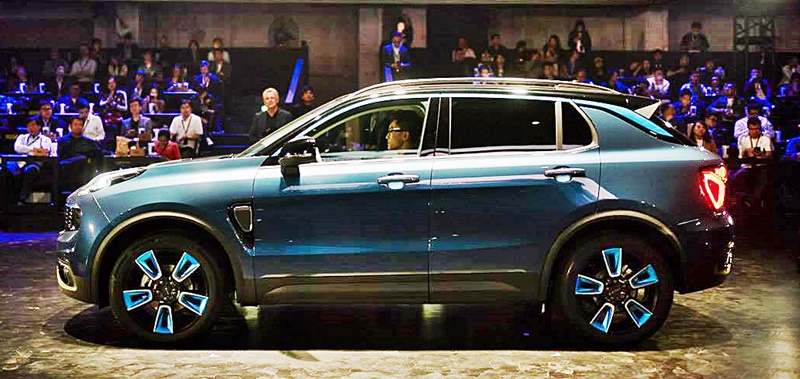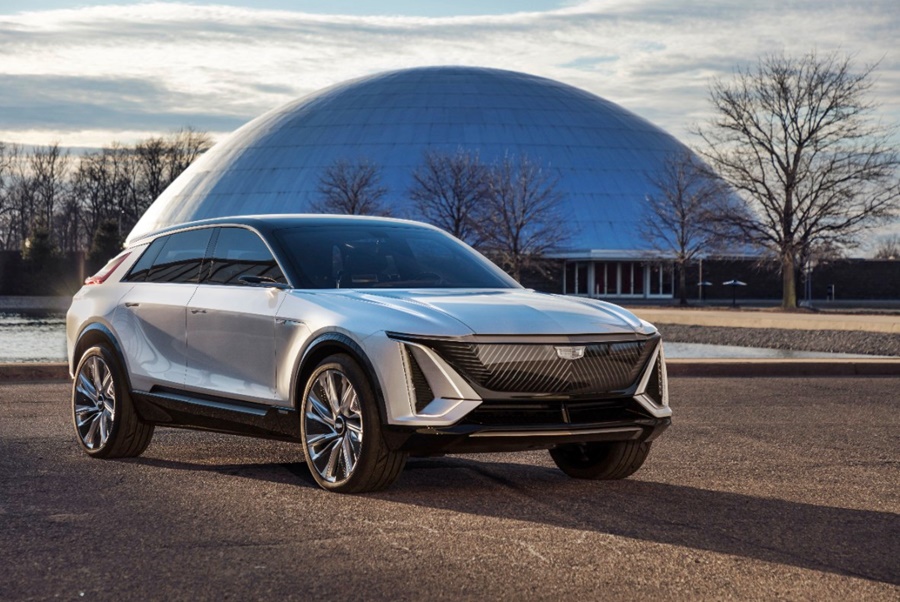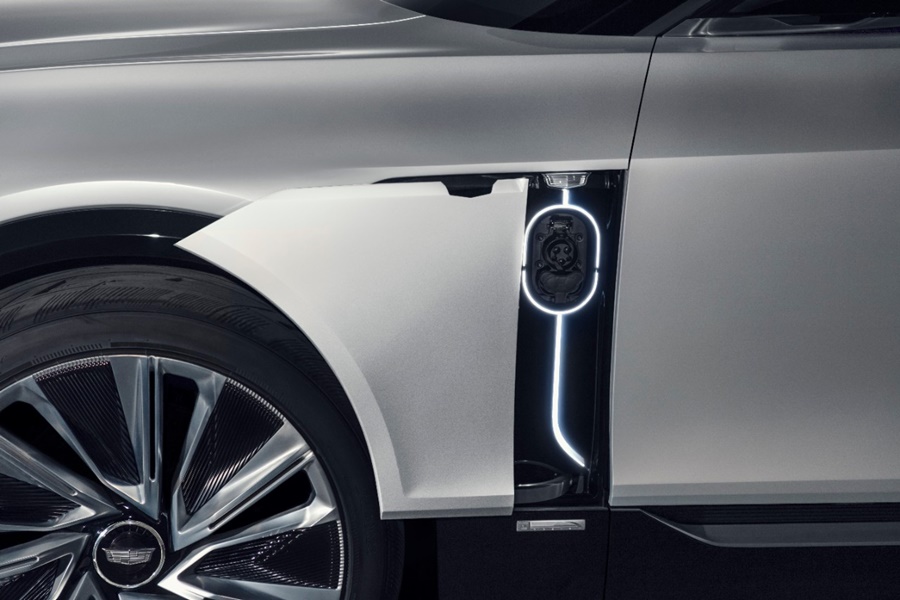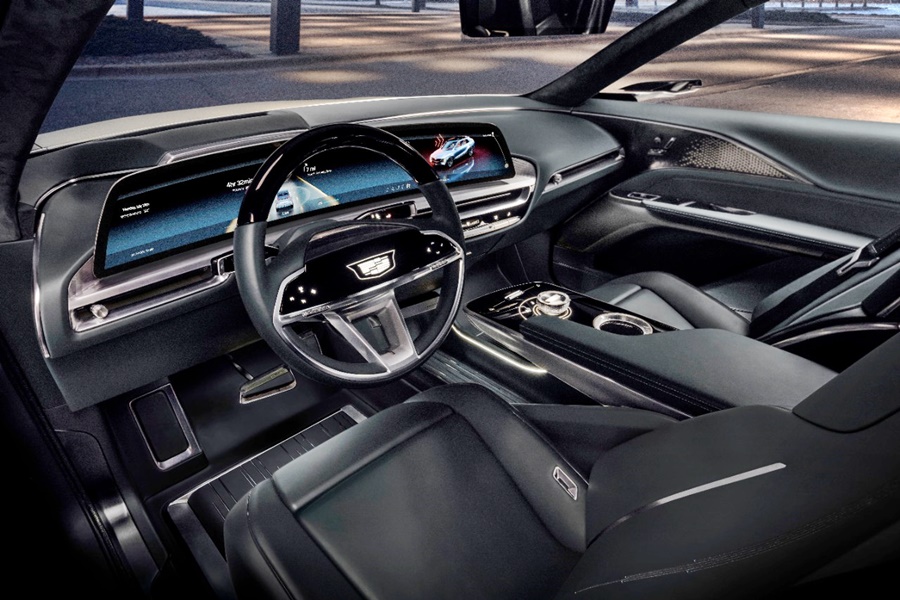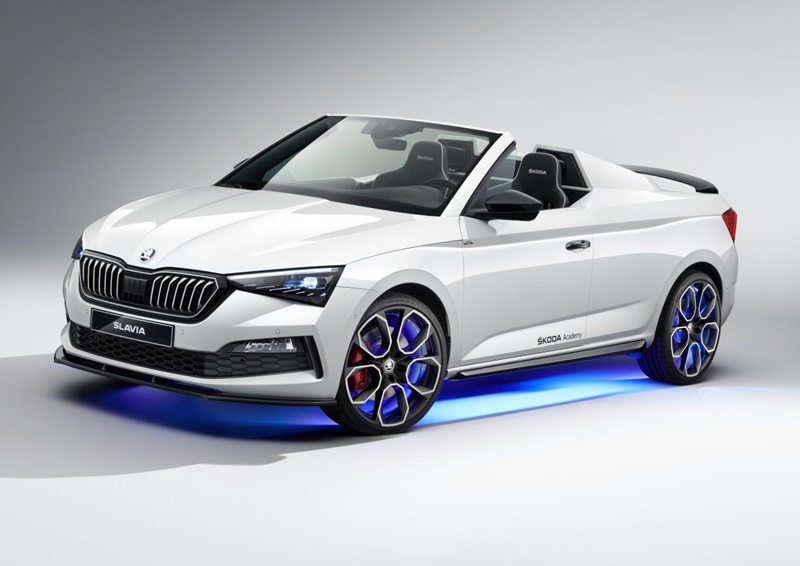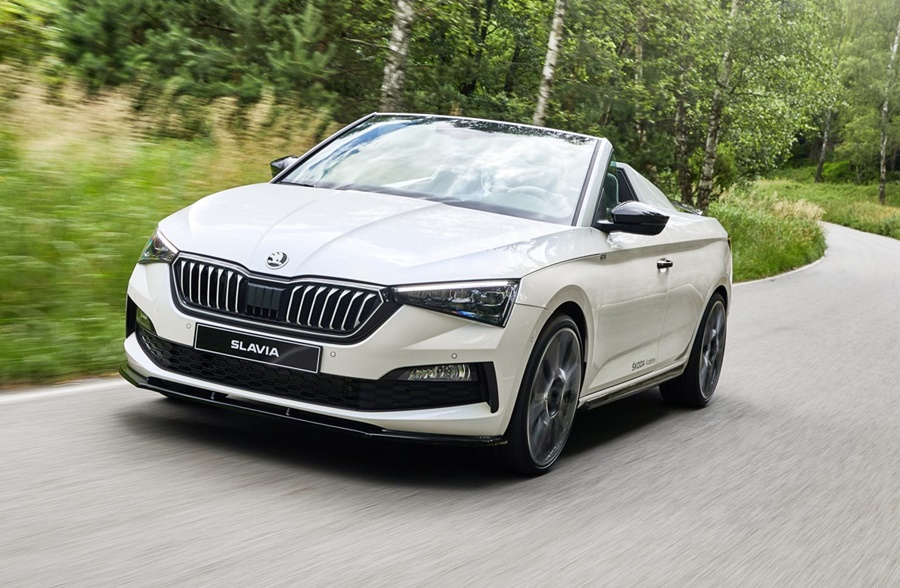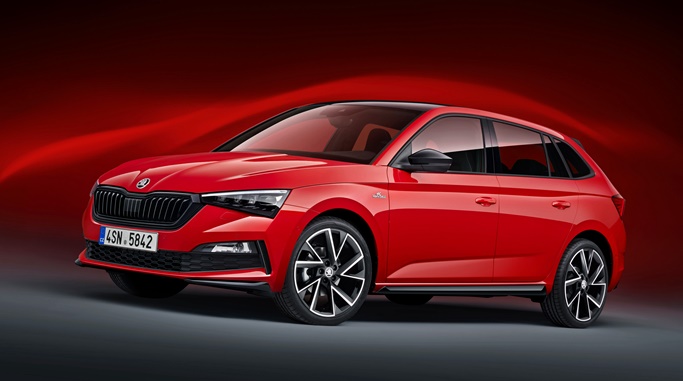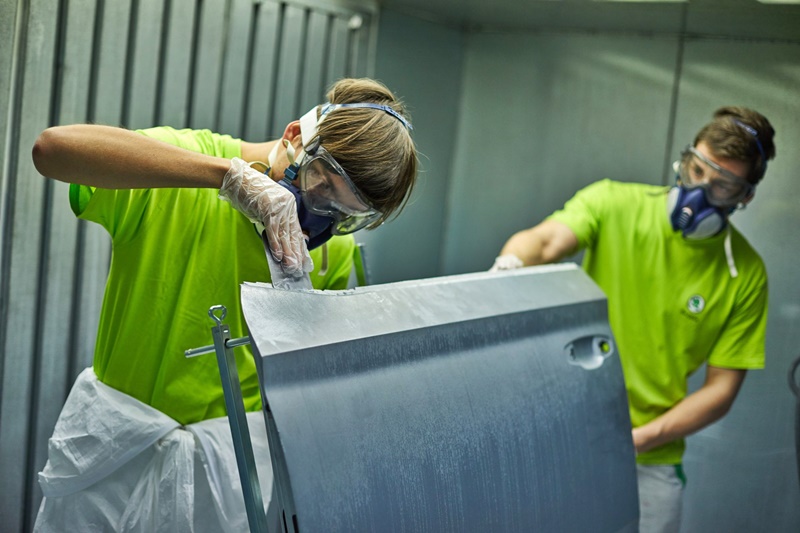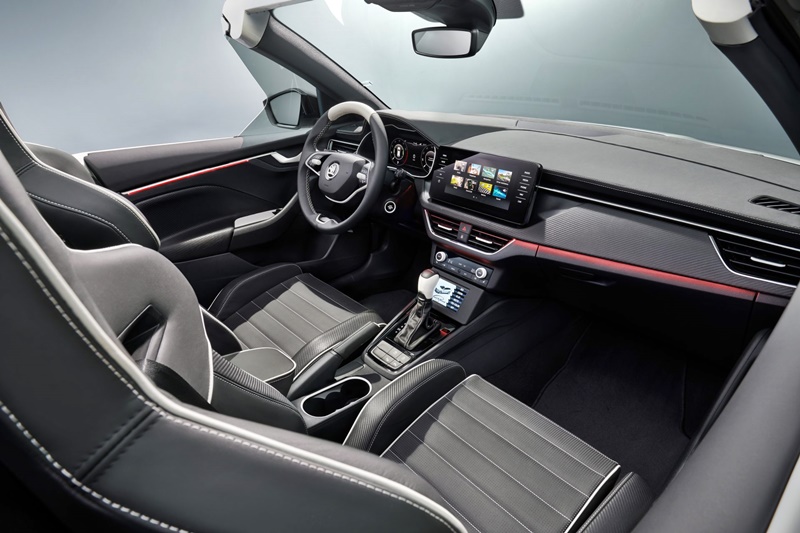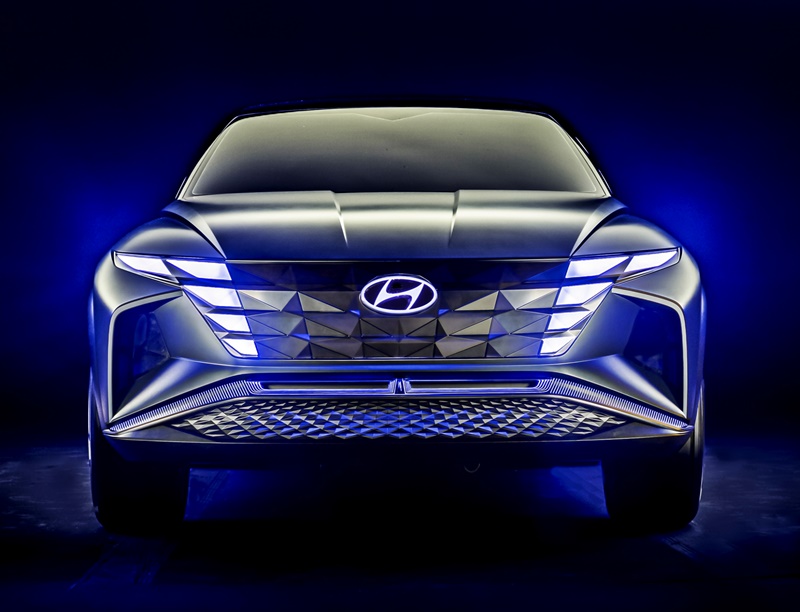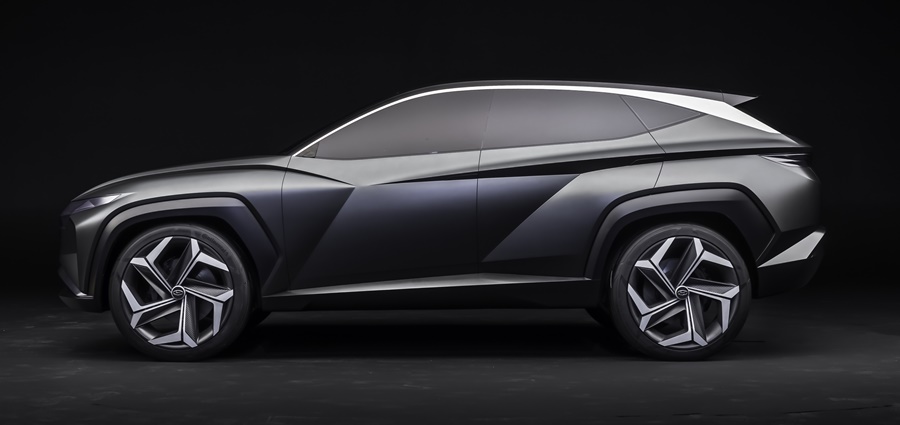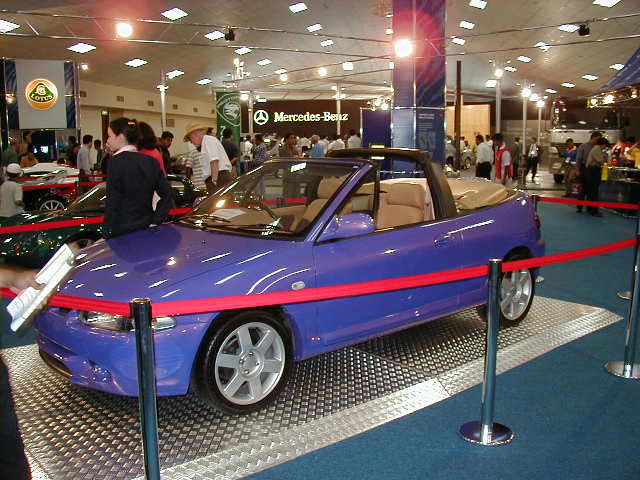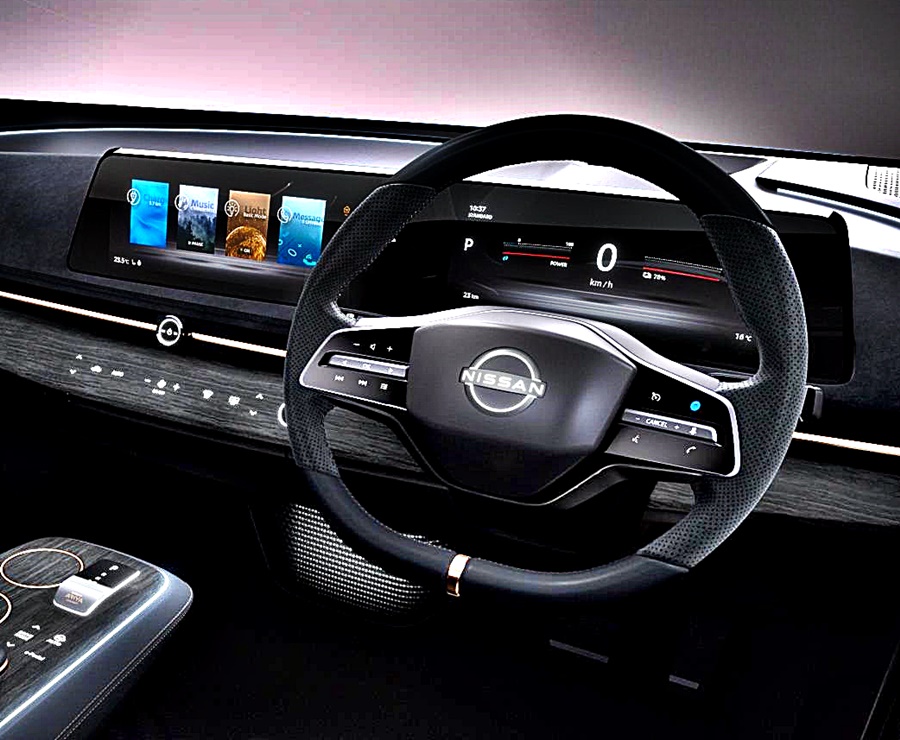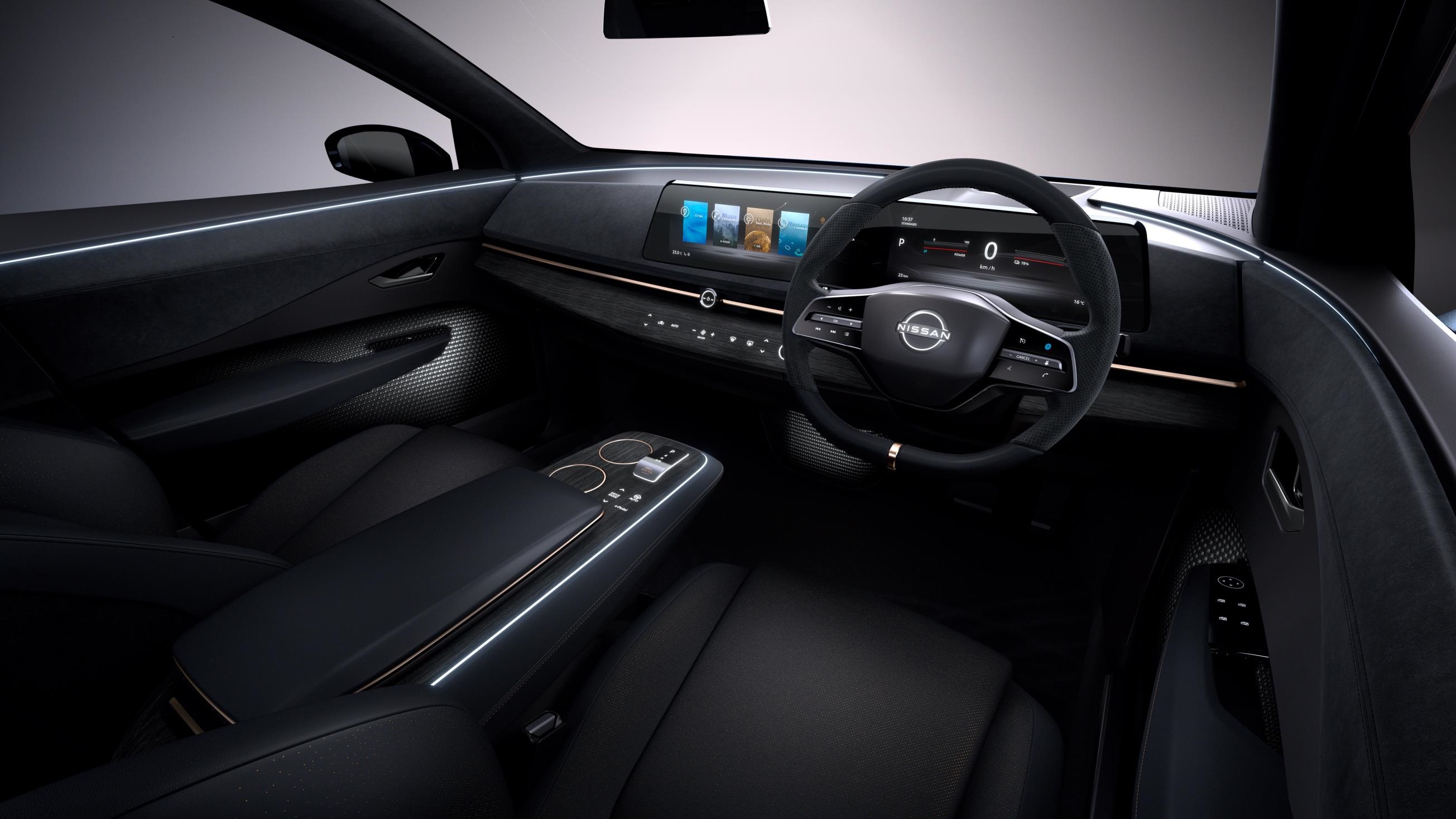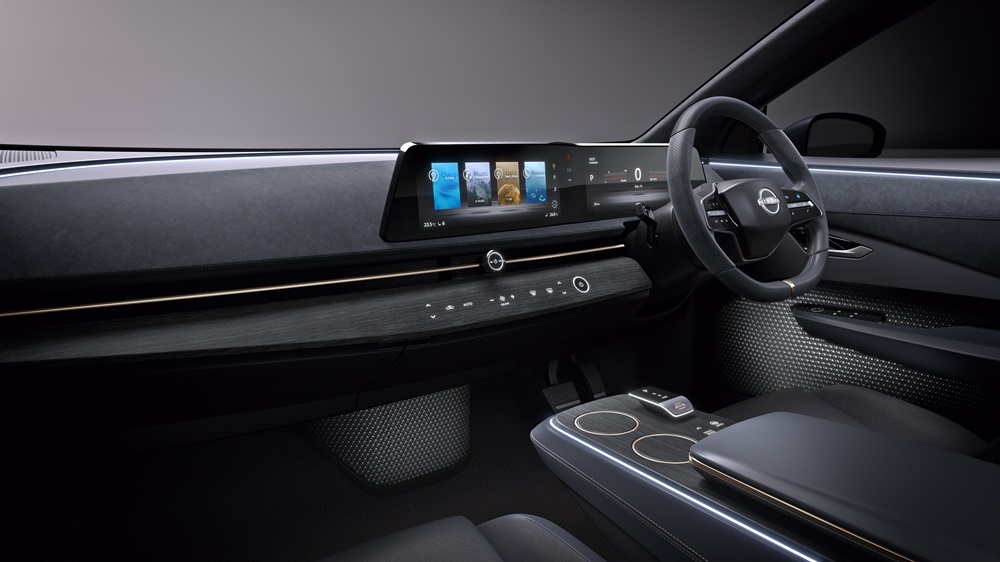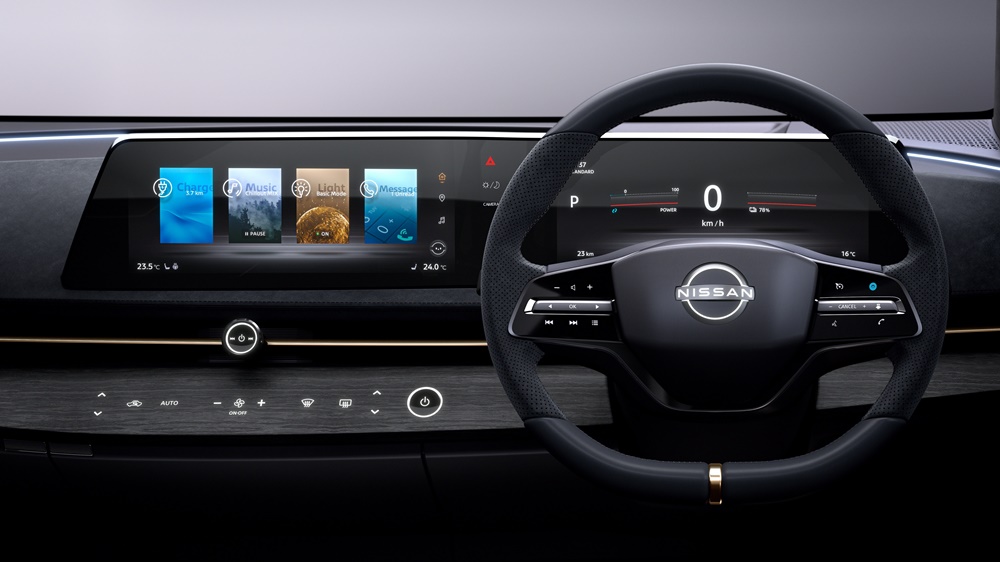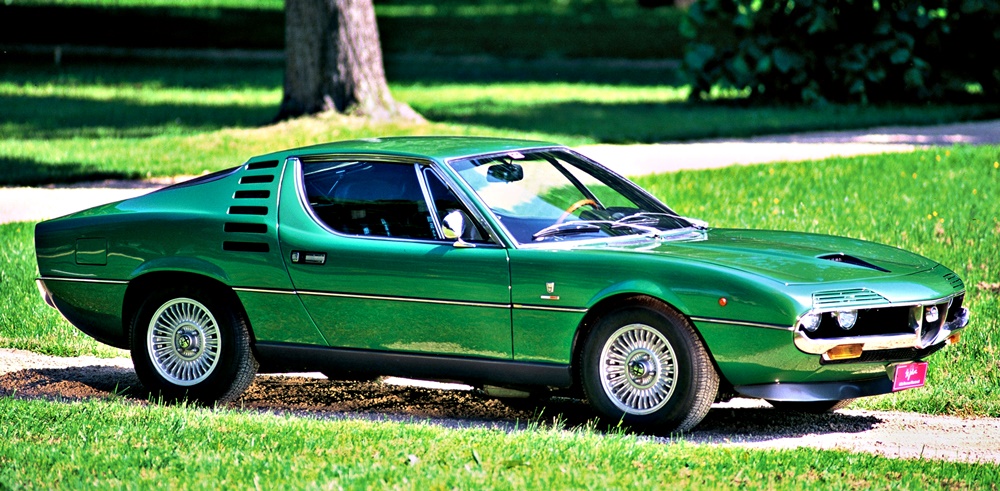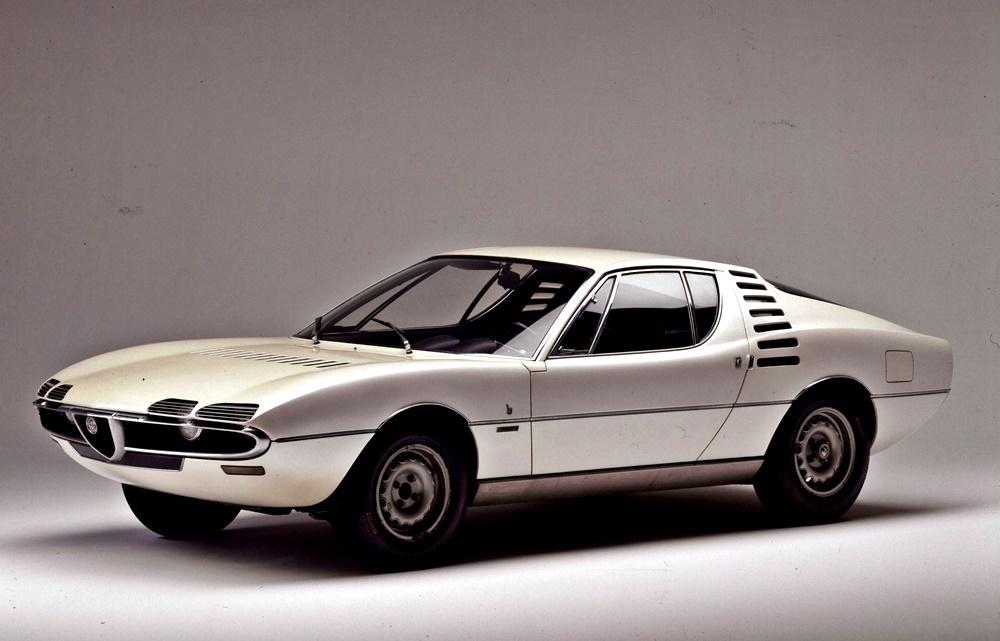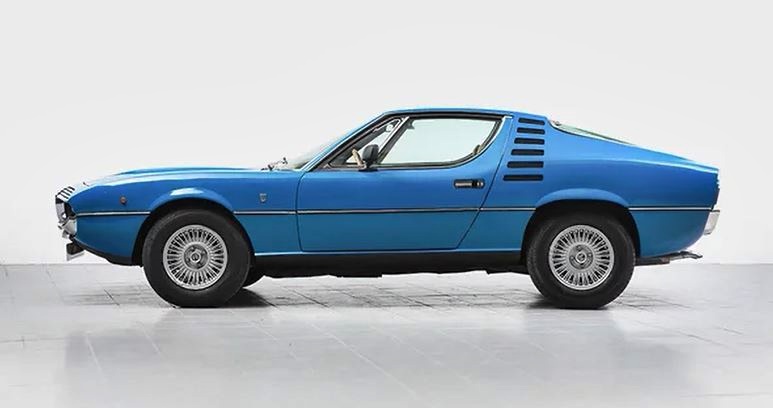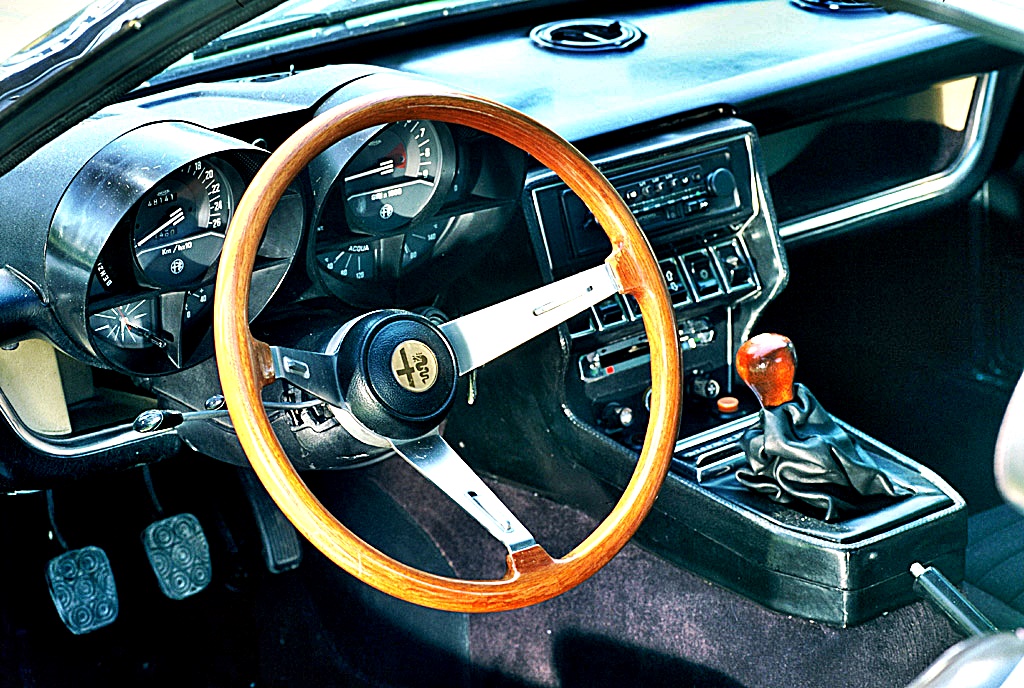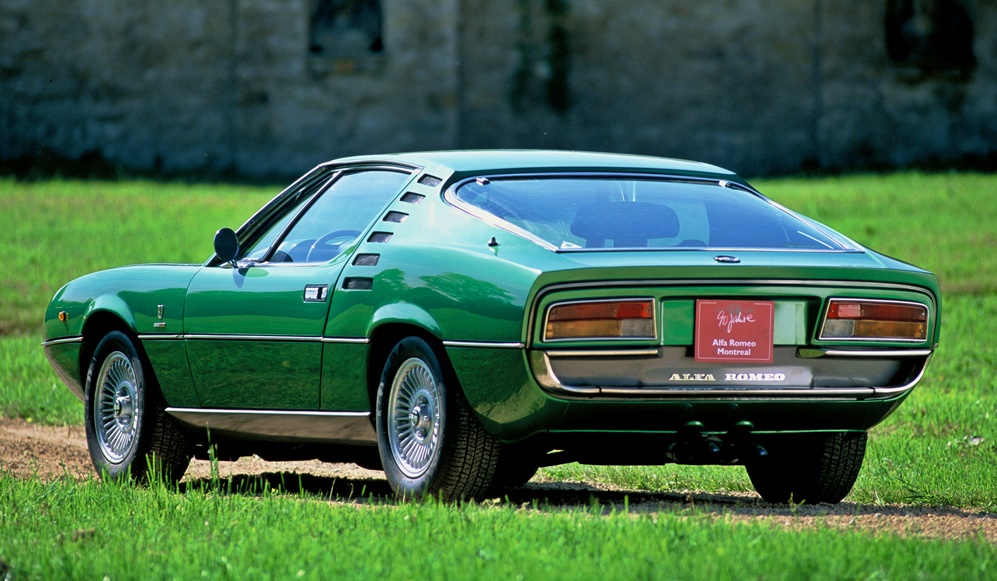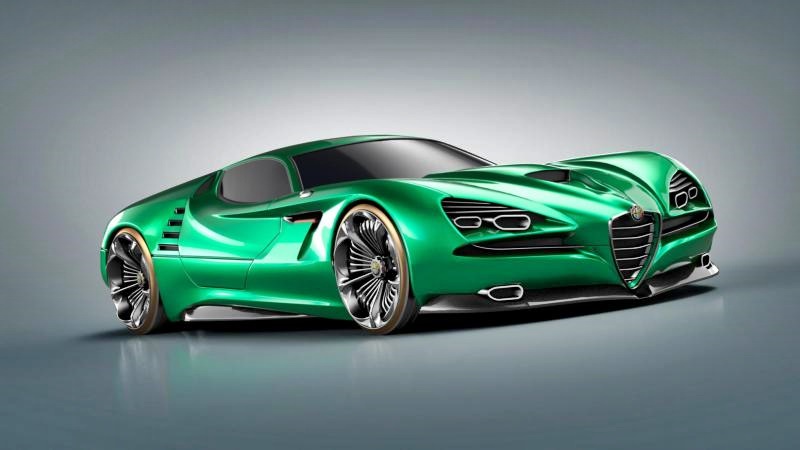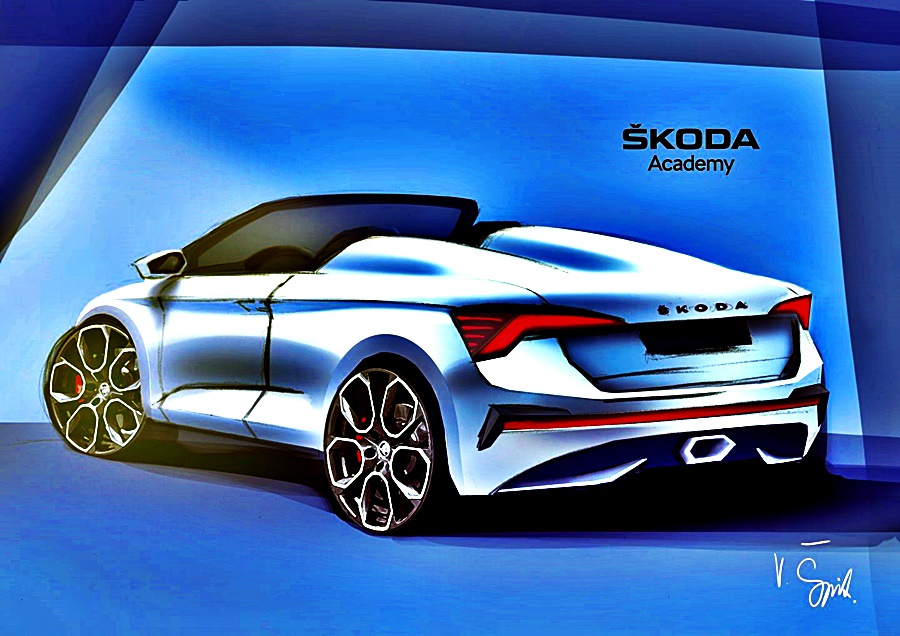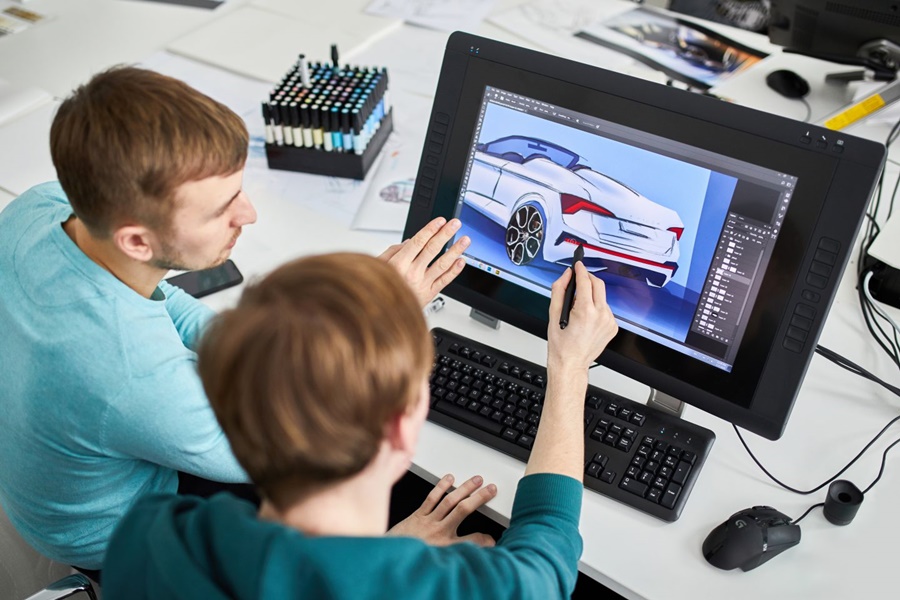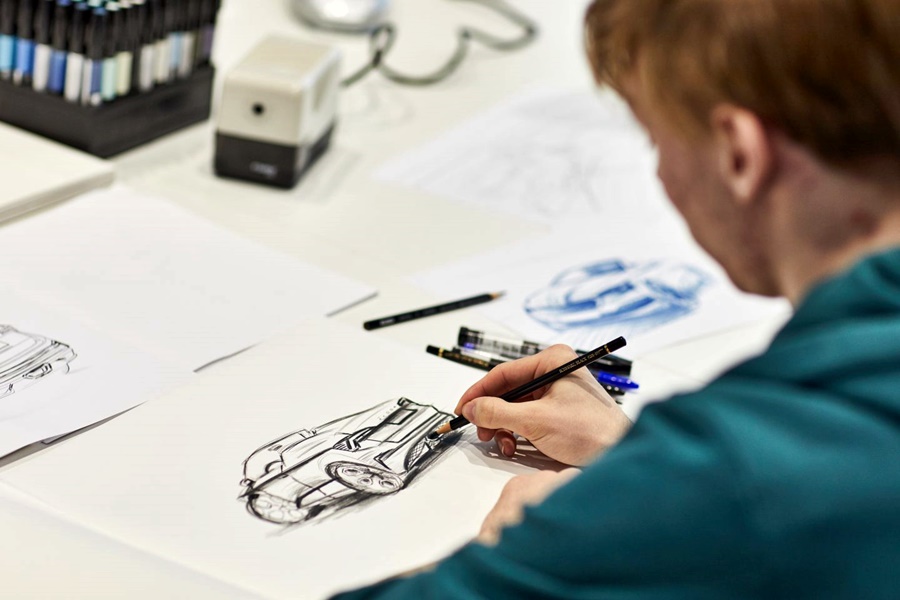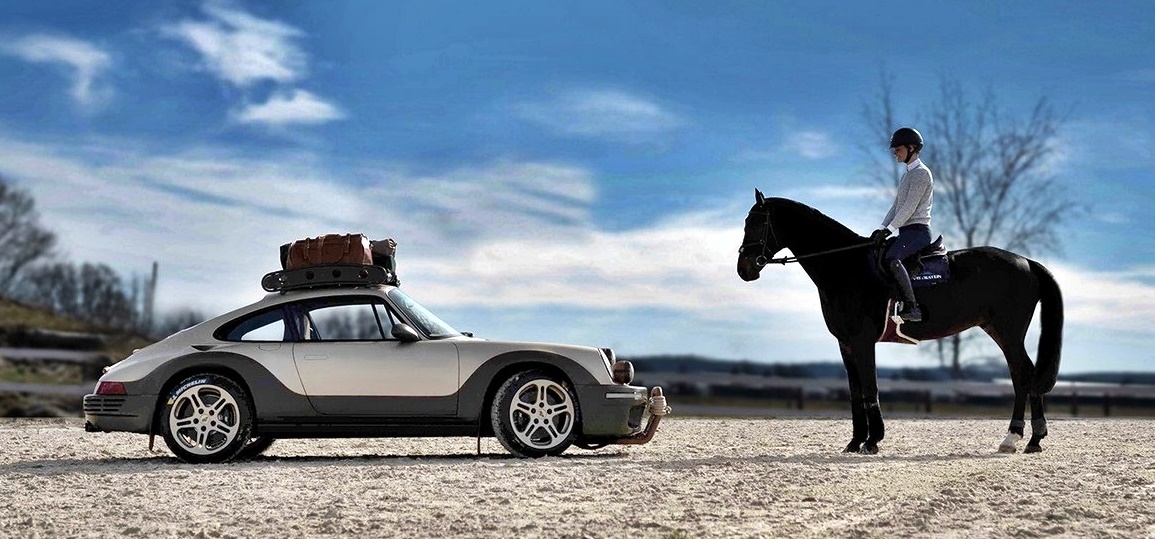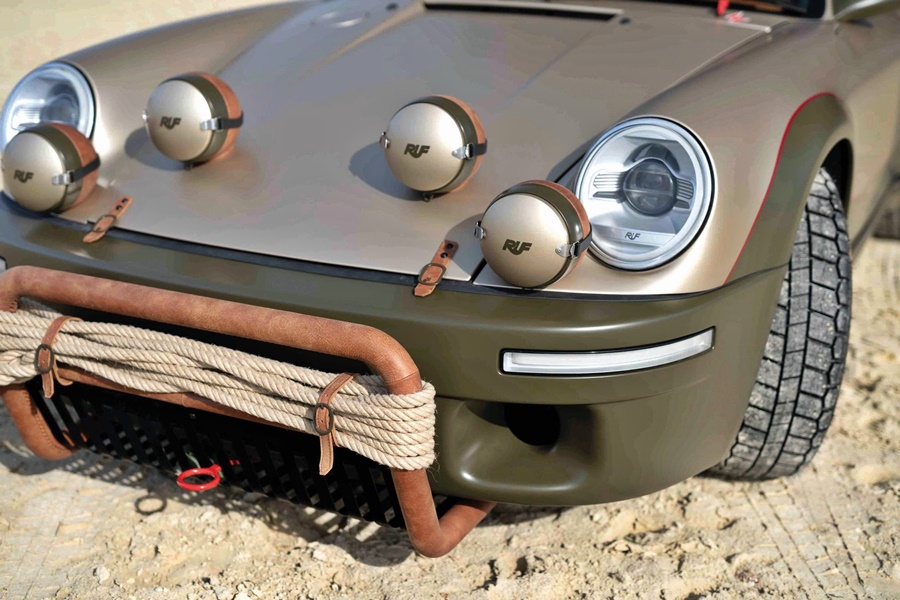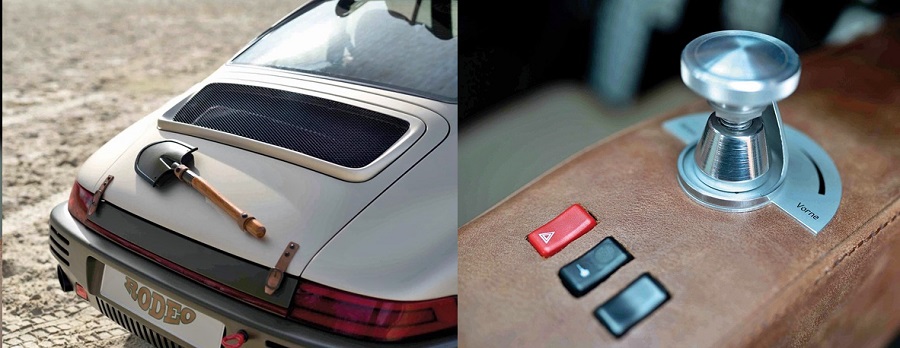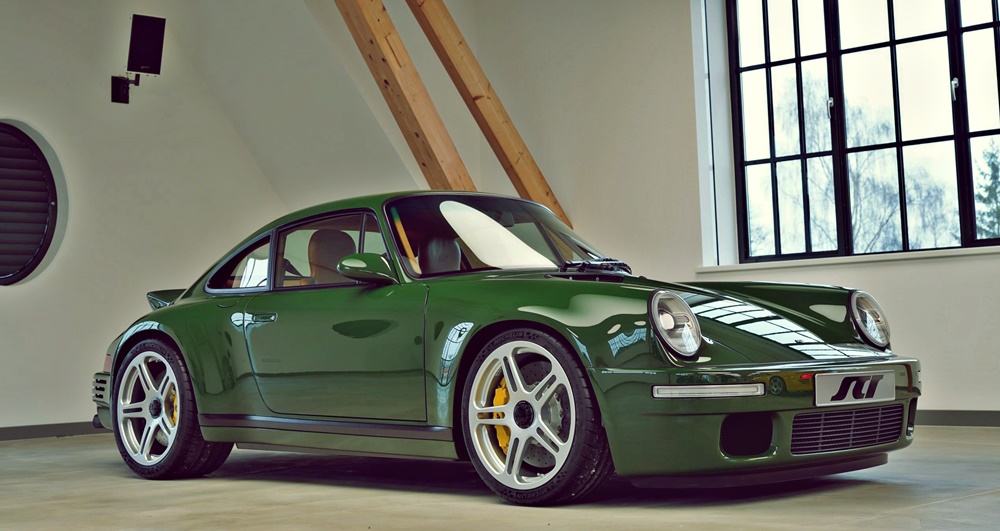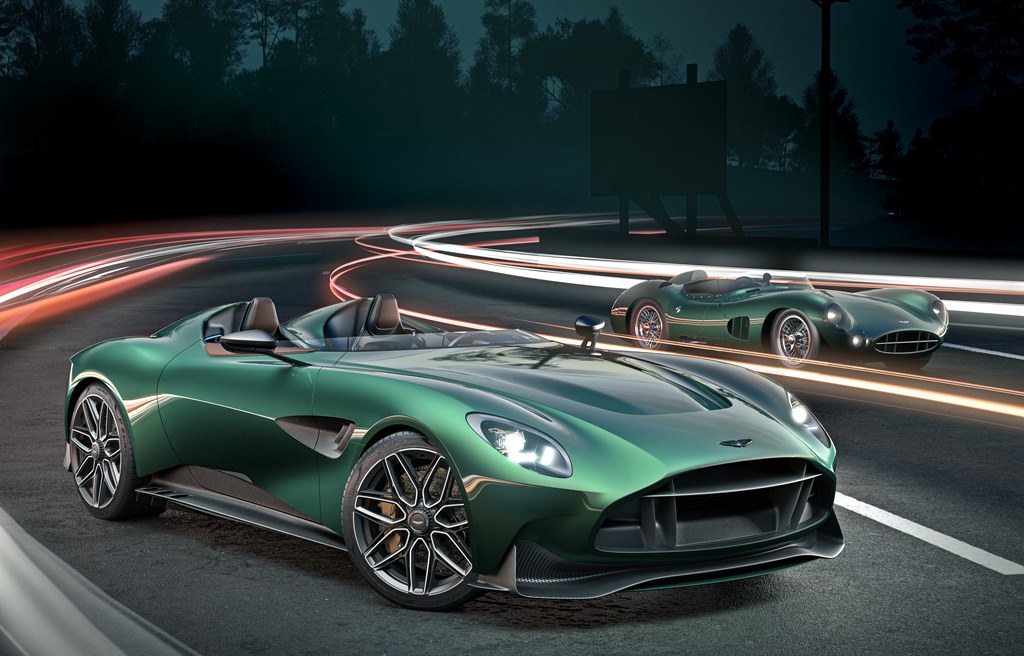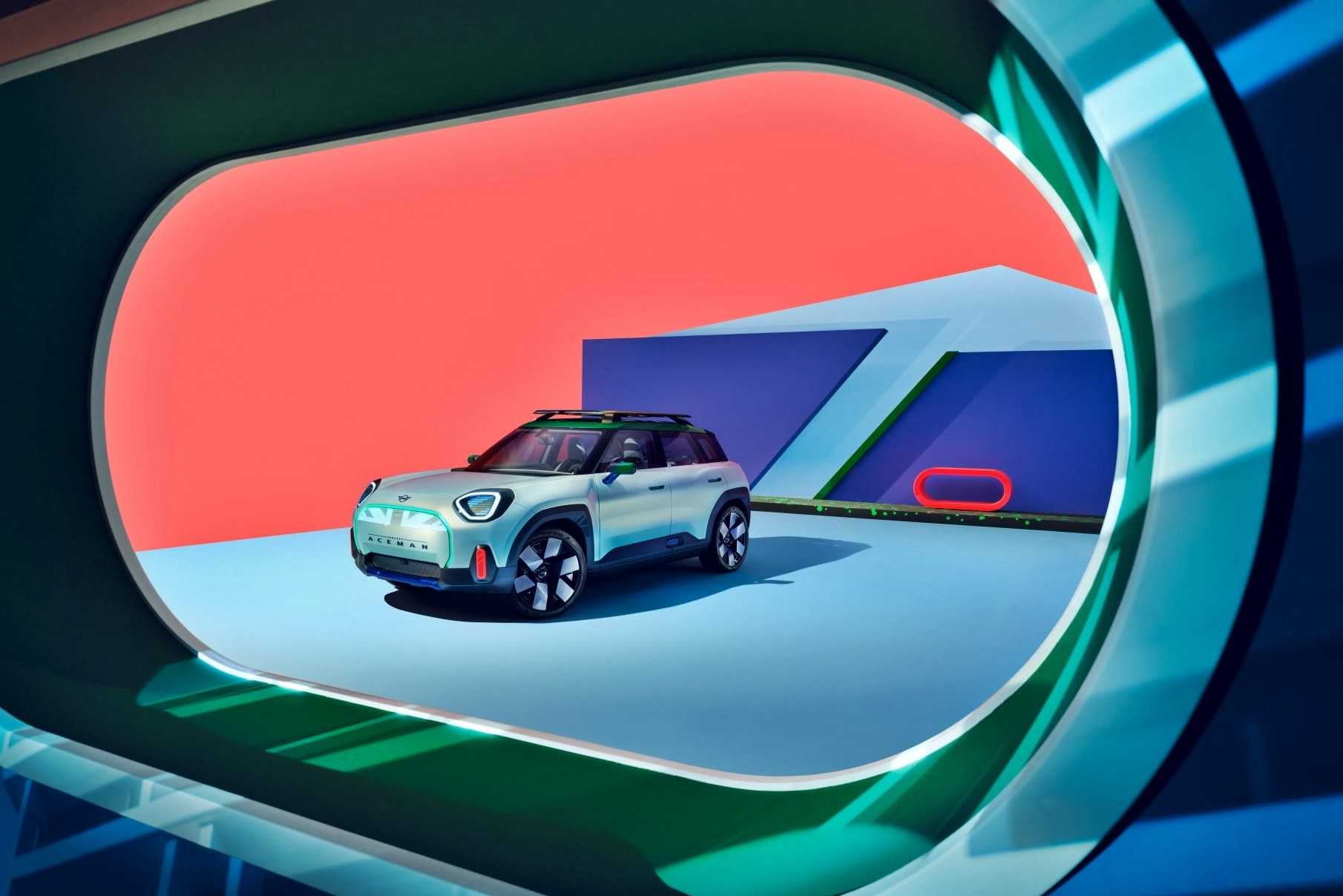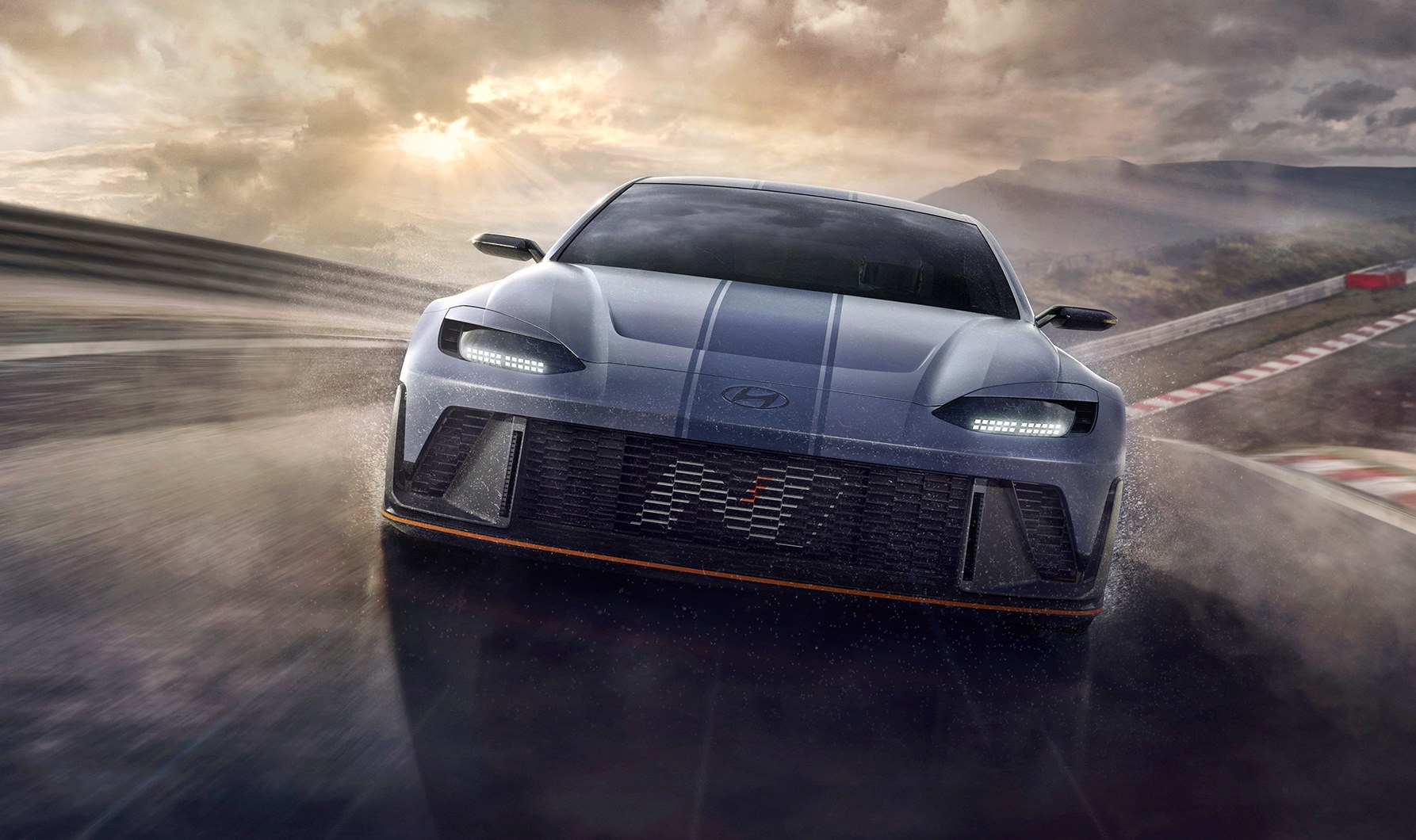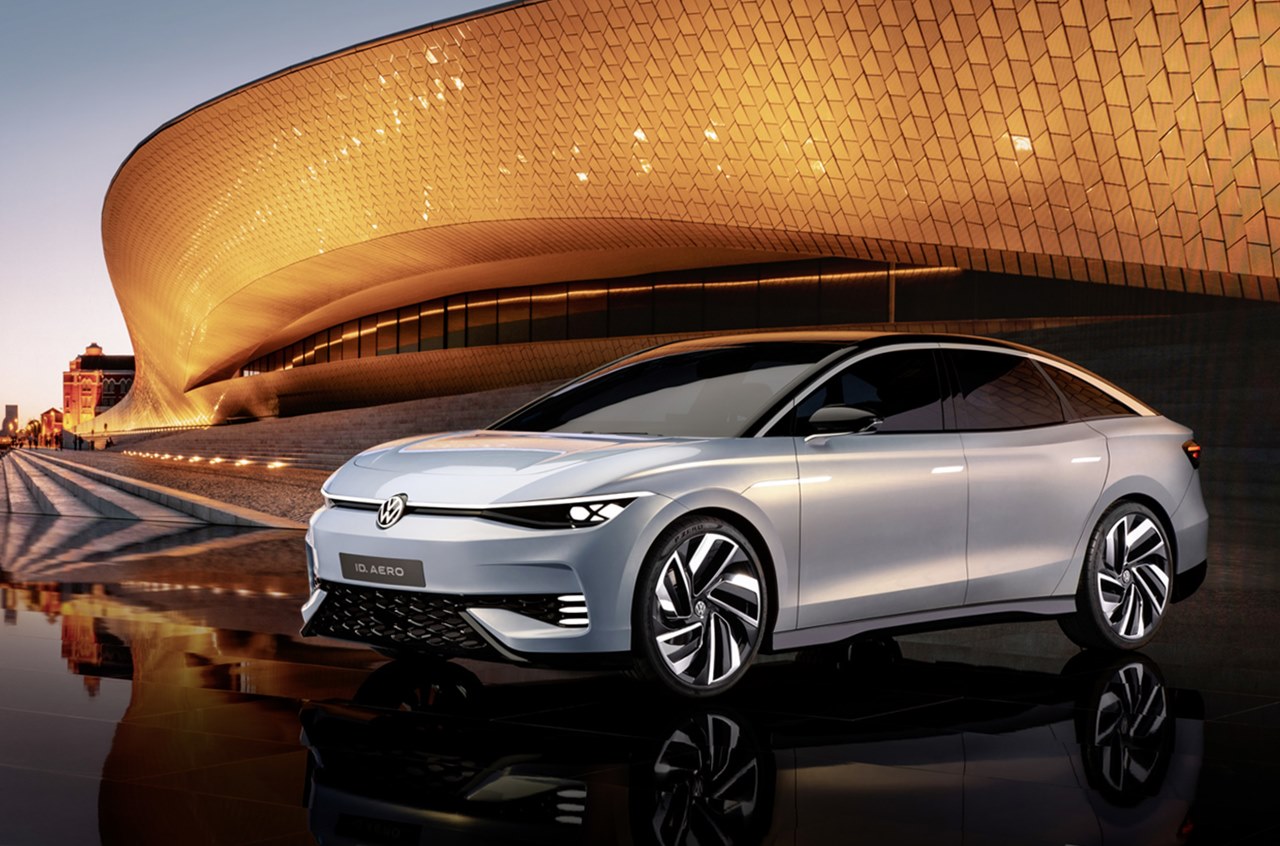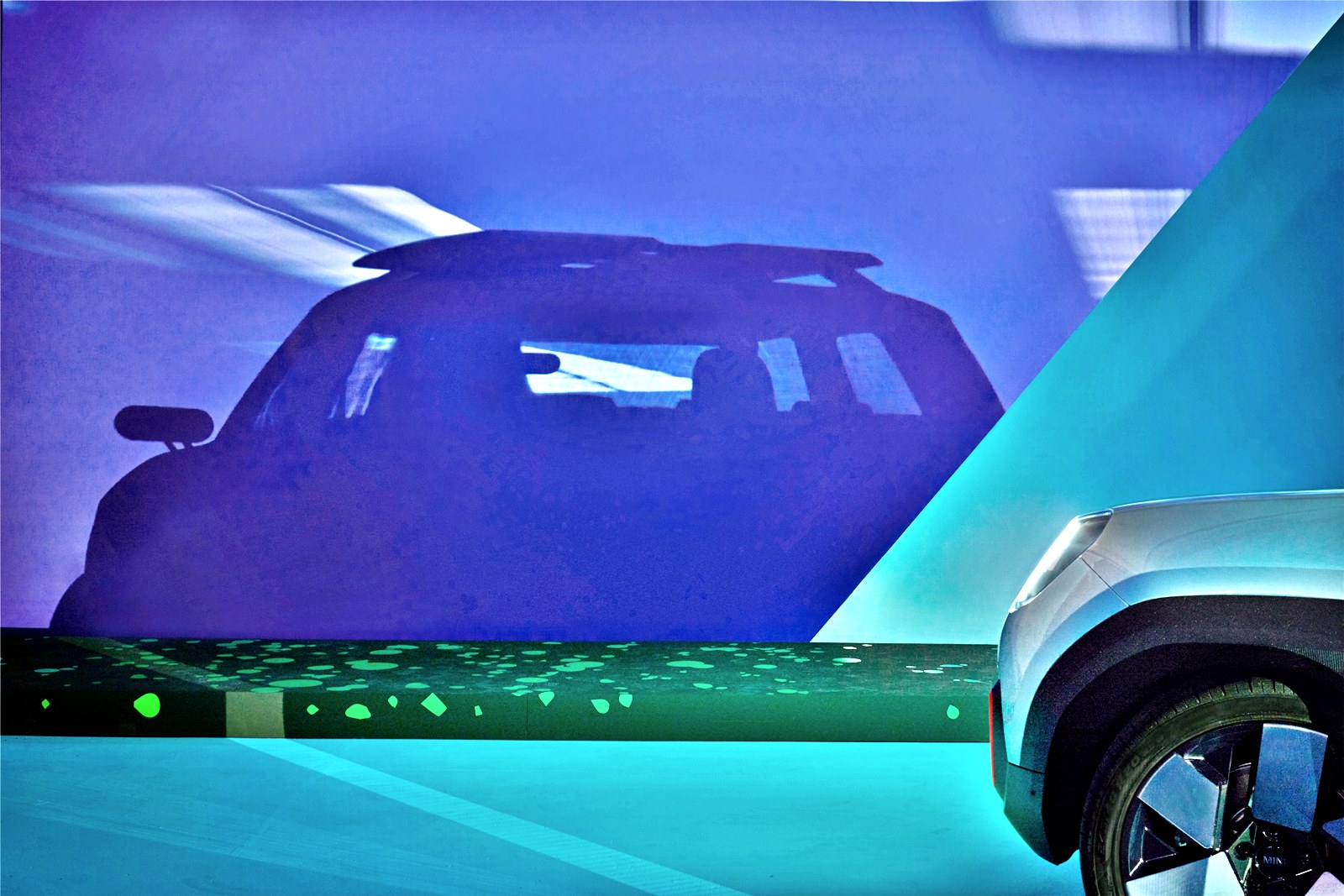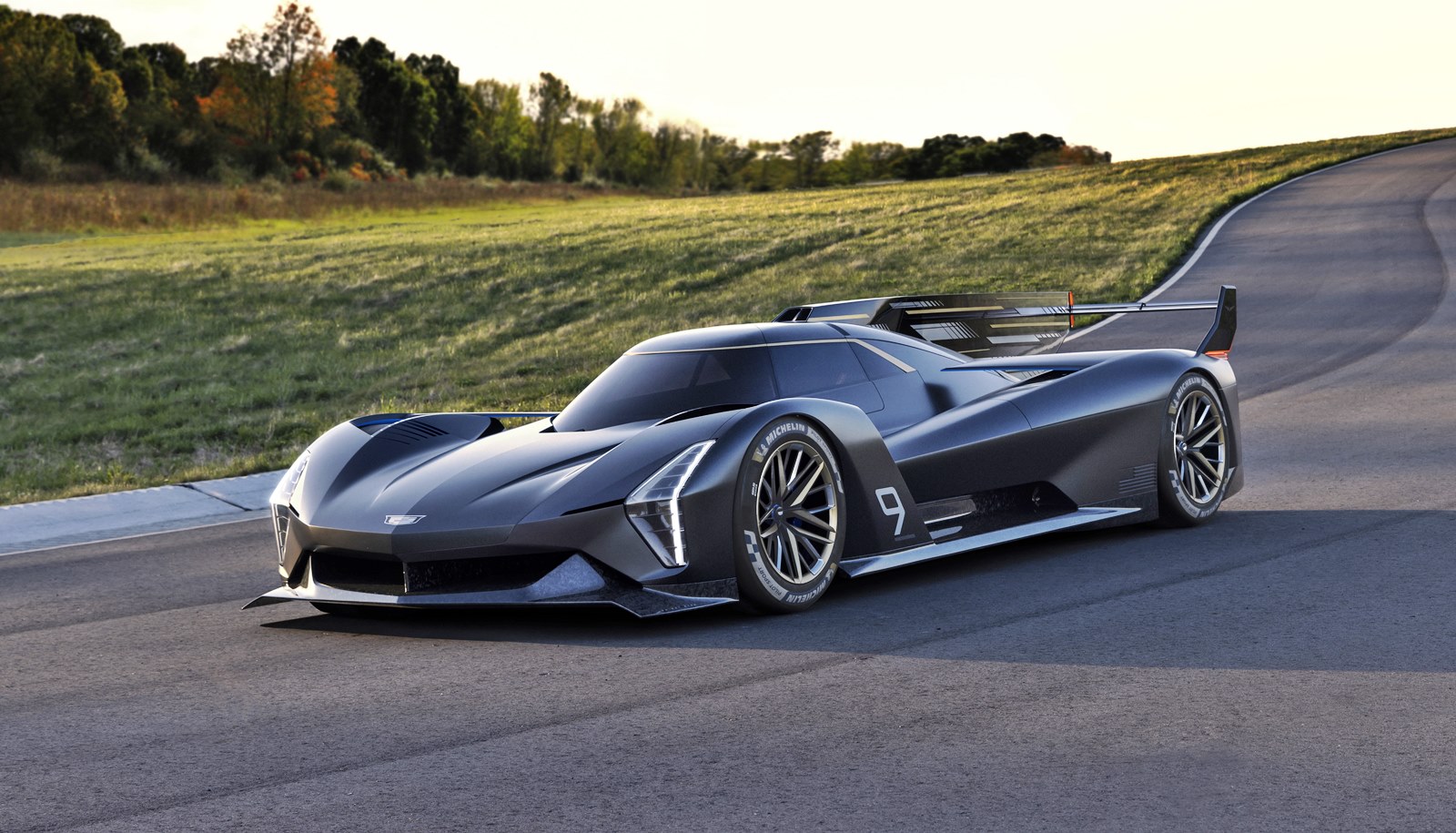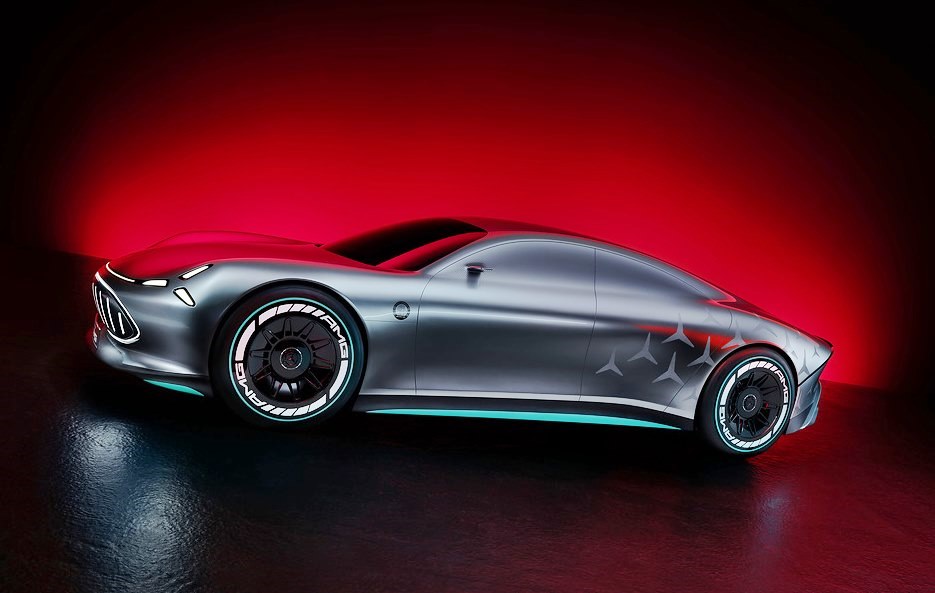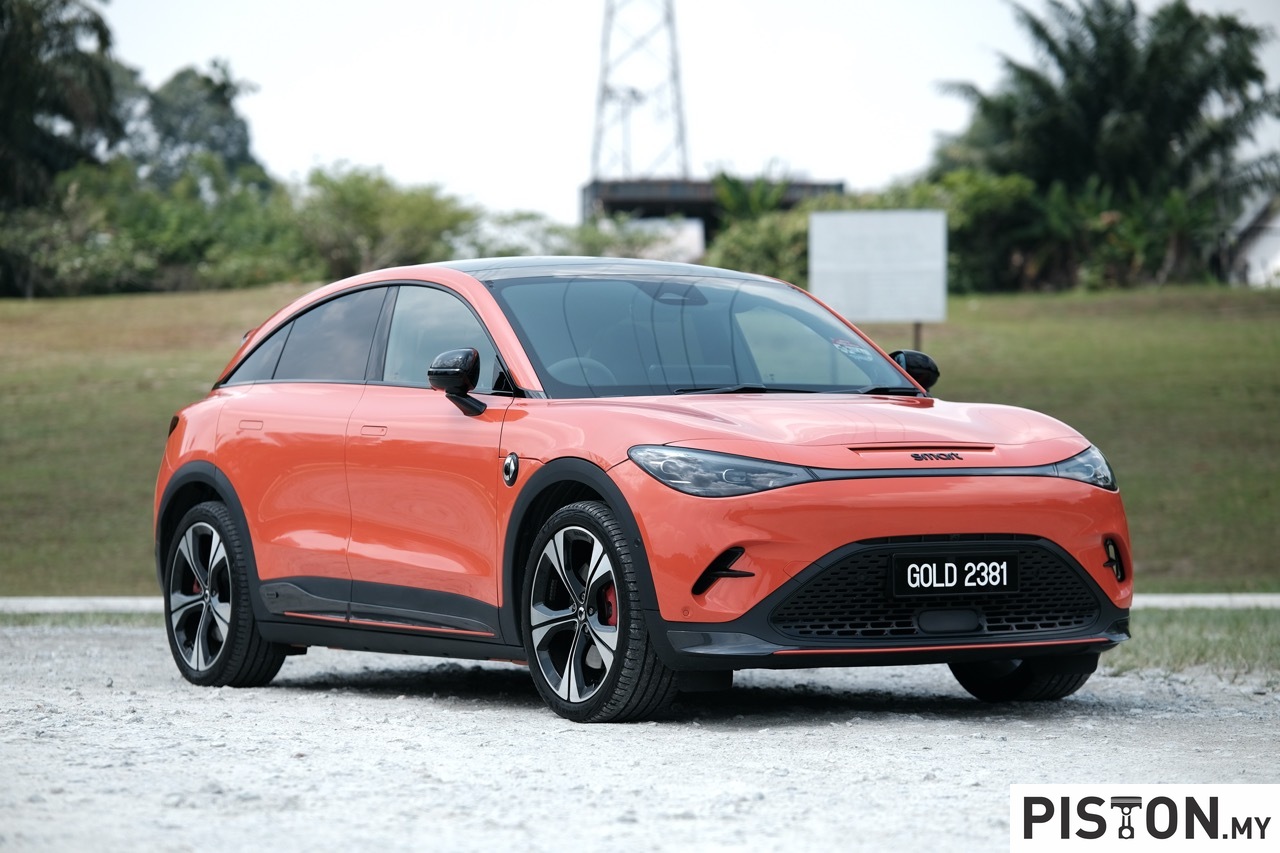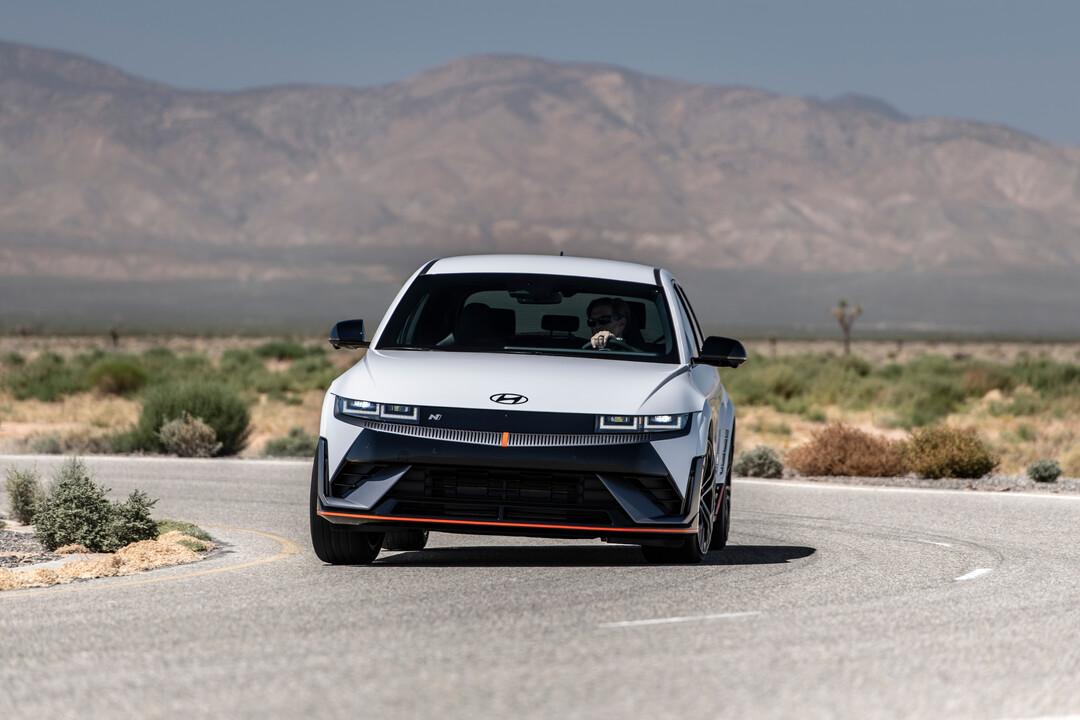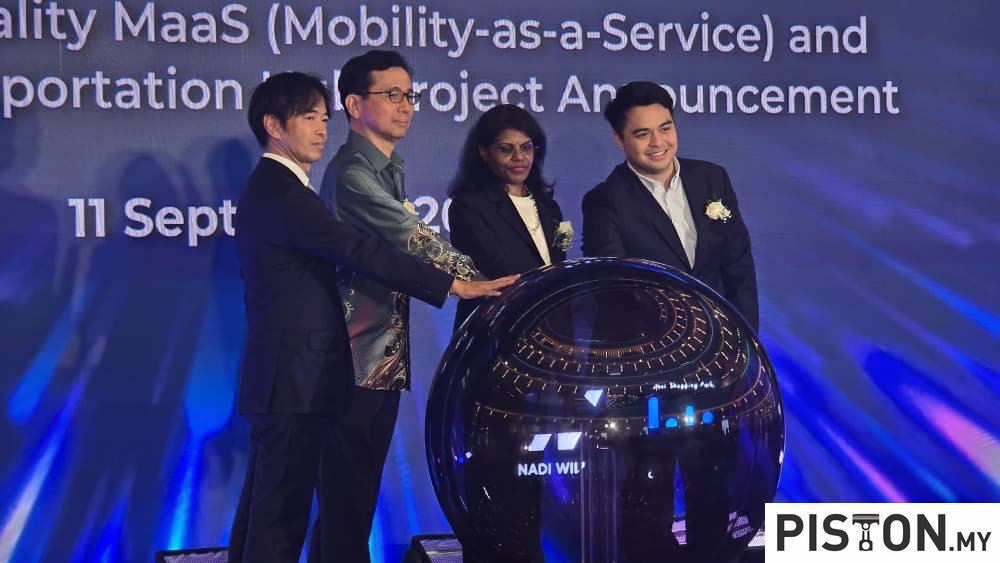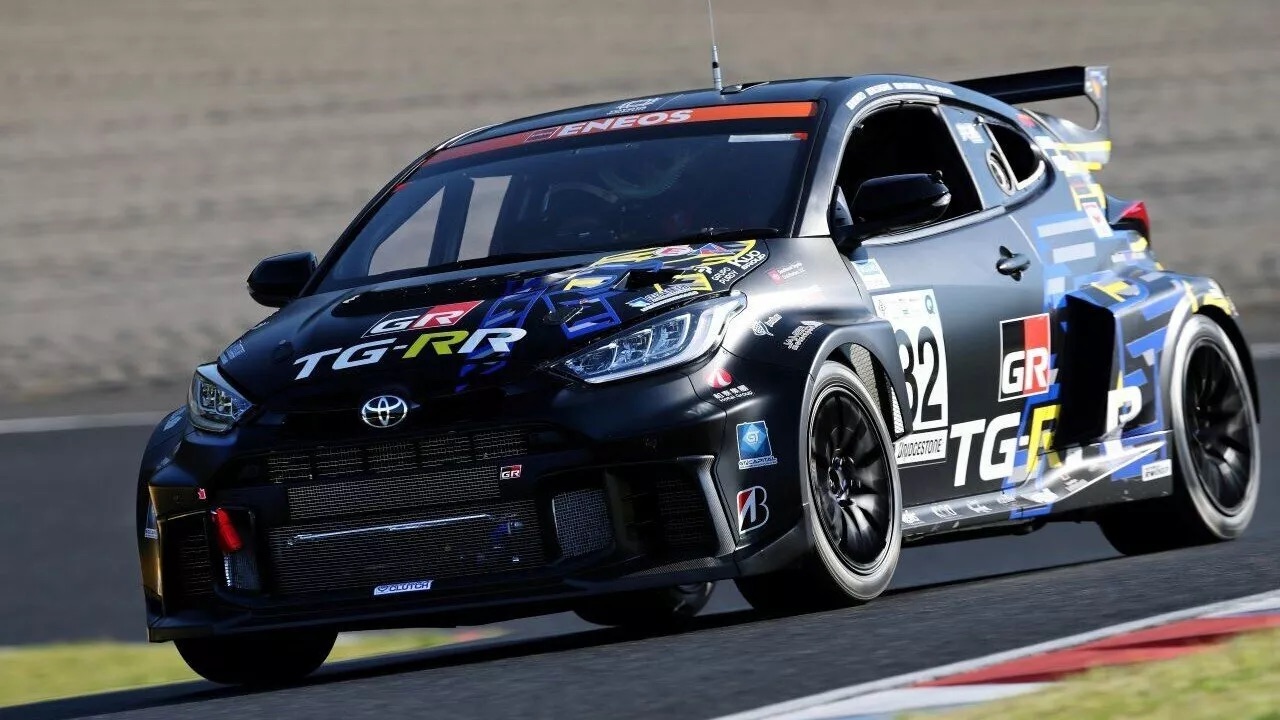In the past, a concept model was mostly a work of fantasy intended to wow crowds at motorshows but which the company would not be able to make for showrooms. Perhaps the excitement of seeing something futuristic has worn off and these days, manufacturers often show concept models that are close to what they will launch in a year or in a few years.
Displaying a future production model as a ‘concept’ allows the designers to get last-minute feedback from the public on certain ideas they may want to use. They may learn that people don’t appreciate a certain styling element and omit or modify it before production starts.
Future 3-row SUV
Infiniti, Nissan’s luxury brand, is displaying the QX60 Monograph this weekend at the Beijing Auto Show and it confirms that the concept model previews some of the proportions and design elements for the brand’s future three-row SUV.
“In crafting this concept, we wanted to change the tonality of the QX60 and transform the nameplate from a sculptural and architectural point of view. We raised the visual centre of gravity, giving it a strong, straight shoulderline that carries through to the bonnet, with a higher, more prominent grille, and longer-looking cabin to deliver a sense of muscularity and a commanding presence,” said Alfonso Albaisa, Senior Vice-President, Global Design at Nissan Motor.
Japanese inspirations
“The QX60 Monograph embodies the Japanese concept of ‘Ma,’ a sense of minimalism where designers seek harmony, adding just the right number of elements with very specific meaning to create something special. This is evident on the body, where at a glance it is simple, but when you get closer, you see that there are elements that are playing against each other in a sense of harmony,” Albaisa explained.
Focused solely on the exterior, the designers imagined the QX60 Monograph as a sophisticated yet functional solution for a busy, modern family. The proportions include a wide stance, sleek greenhouse, horizontal shoulder line and muscular wheel arches. The combination of which creates a commanding posture and defined SUV persona.
Advanced lighting appearance
Intricate ‘Digital Piano Key’ lighting at the front and rear projects a futuristic appearance and showcases how Infiniti blends human artistry with the latest technology. The inner structure of the headlamp features a shape and pattern of lines inspired by an electrical heatsink device.
Bright white at the front, and ultra-red at the back, the QX60 Monograph’s lamps are accompanied by the glowing ‘infinite road’ brand emblem. Combined, the opening light sequence begins at the logo and fans out to the headlamps in a dynamic welcome for drivers.
Viewed from the side, the Monograph shows off its horizontal bonnet, muscular fenders and long wheelbase. Paired with the gentle rake of the A-pillar and tapered, teardrop-like glasshouse, the result is a long sweeping, sophisticated profile. The roof flows into a subtly integrated rear roof spoiler — also in gloss black — to further enhance the car’s aerodynamic appearance.
At the rear, the wide body and track, complementing the horizontal window line give the QX60 Monograph a sense of poise and stability. Embossed with the INFINITI name, the SUV features large alloy wheels that fill the pronounced fenders and reinforce the performance-inspired aesthetic.
The rear lamps are tinted and, when turned off, appear to wrap around the back of the vehicle and into the rear flanks in one continuous shape. Illuminated, the piano key lighting shines through to form a beautiful, futuristic light signature.
Platinum paint and black roof
“The platinum paint on the QX60 Monograph projects a sense of warmth. The highly reflective nature mimics the qualities of liquid metal, allowing the surface of the body to capture the shadows and lights of the environment in which it is displayed creating a sense of dynamism,” said Taisuke Nakamura, Senior Design Director, Infiniti Global Design.

He explained that the black roof creates a strong contrast to the rich body colour for a dramatic visual statement. The pillars, roof, front, side and rear glass all seamlessly connect — giving a panoramic feel to the cabin and promoting a sense of openness. Slim-line roof rails provide a practical counterpoint to the QX60 Monograph’s sleek, sporty proportions.
“We commenced the design of the Monograph knowing this was an opportune time to start a discussion about where we are planning to take the QX60 in the future and more broadly, where we are heading as a brand with our design language,” said Albaisa, adding that the production version of the next generation QX60 can be expected in 2021.

Click here for other news and articles about Infiniti

